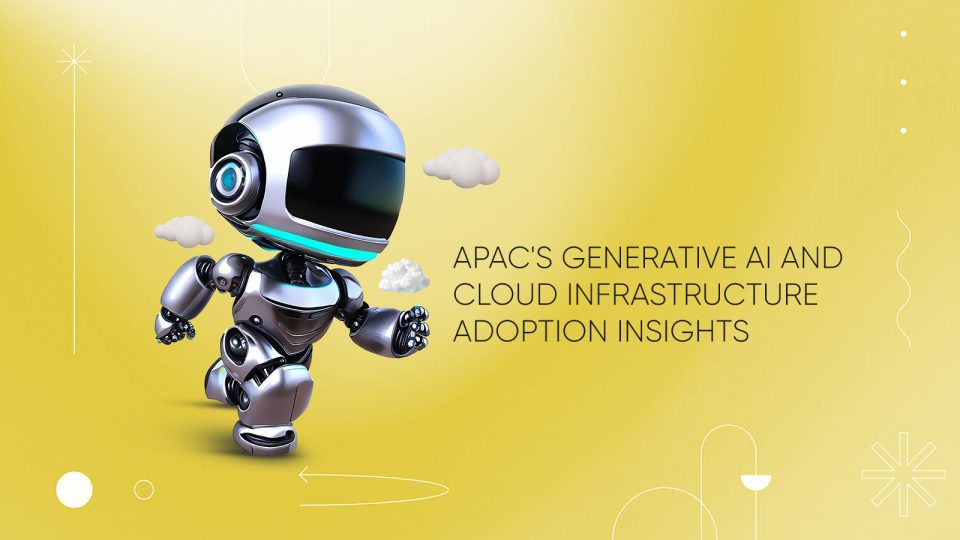Generative AI Adoption in APAC Businesses
Generative AI is emerging as a transformative force within Asia-Pacific (APAC) organizations, permeating industries like healthcare, citizen services, and various other spheres. The deployment and experimentation with GenAI reflect promise and apprehension amid cost-related concerns and multifaceted challenges. Aaron Tan delves deeper into the landscape.

Within the domain of Singapore’s Government Technology Agency (GovTech), a dedicated team of engineers endeavors to craft a pioneering chatbot fueled by generative AI. This chatbot aims to assist citizens in navigating career transitions and making informed choices. Chang Sau Sheong, Deputy Chief Executive for Product and Engineering at GovTech, highlighted this innovative project during an interview with Singapore media at Google Cloud Next 2023 in San Francisco. He underlined the potential of the chatbot to augment the government’s career coaching program, enabling scalability beyond the limitations posed by human career coaches.
Additionally, GenAI is finding utility in unexpected domains, such as facilitating bookings for high-demand badminton courts in public sporting facilities across Singapore. Sport Singapore is exploring the development of a GenAI-powered chatbot, envisioned to streamline the reservation process based on specific parameters.
The enthusiasm surrounding GenAI in APAC is palpable, as recent studies indicate a staggering 75% of respondents are planning to adopt or are already experimenting with generative AI within the next 12 months. Financial commitments also underscore this enthusiasm, with over half of the organization’s budgets earmarked for GenAI initiatives. However, the swift ascendancy of GenAI raises both awe and concern, positioning it as a critical strategic initiative after digital transformation, automation, cybersecurity, and cost-cutting.
Despite the burgeoning interest and rapid integration into strategic agendas, APAC organizations grapple with challenges. Issues like algorithmic transparency, data quality, and expertise scarcity persist, potentially hindering seamless GenAI integration. Furthermore, apprehensions regarding intellectual property (IP) infringement linger, prompting a significant proportion of respondents to consider open-source models or develop proprietary solutions in-house to retain control over data and IP. Organizations like Singapore’s National University Health System (NUHS) are partnering with tech giants like Amazon Web Services (AWS) to pilot GenAI solutions for healthcare, focusing on automating the creation of patient discharge summaries. NUHS emphasizes precision, security, and exhaustive testing of GenAI applications, mirroring the broader trend within APAC organizations to reinforce AI governance protocols.
As APAC organizations navigate the landscape of GenAI, the cost implications loom large. While a fraction is willing to pay a premium for GenAI-integrated products or services, a significant percentage remains uncertain, highlighting the pressing need for robust financial operations (FinOps) to manage GenAI workload expenses efficiently. Navigating the intricacies of GenAI adoption demands a strategic approach. Bhargs Srivathsan of McKinsey underscores the importance of selecting a suitable model tailored to organizational needs, cautioning against overspending on needlessly complex models. The careful calibration of GenAI usage can significantly impact the feasibility and success of its integration within business frameworks.


